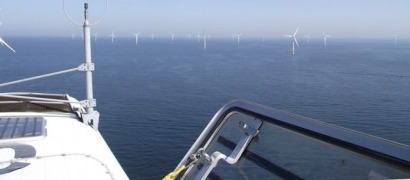
In 2010 renewable energies produced between 665 terrawatthours (TWh) and 673 TWh, hitting the 21% target given consumption was around 3,115 TWh to 3,175 TWh. If renewable electricity production in the EU continued to grow at the same rate as it did from 2005 to 2010 it would account for 36.4% of electricity in 2020 and 51.6% in 2030.
"The renewable electricity targets set back in 2001 have been realistic as well as effective" says Justin Wilkes, EWEA's Director of Policy. "The targets have worked in achieving their purpose within the time foreseen. This success is why industry is calling for an ambitious 2030 target for renewables."
"The growth achieved in the last five years has been outstanding and if continued would result in over half of the EU's electricity coming from renewables by 2030. A long-term stable framework, underpinned by an ambitious 2030 renewable energy target, is clearly the proven way to ensure Europe meets its climate, competitiveness and energy security goals," Wilkes adds.
"The growth of renewables between 2005 and 2010 was largely carried by onshore wind. In future the renewables sector will benefit from significant growth in offshore wind and other technologies as they become more mature," he concludes.
EWEA analysis of provisional EUROSTAT data as well as EurObserv'ER and EURELECTRIC figures show that in 2010 renewables accounted for just over 21% electricity consumed in the EU. EUROSTAT will publish definitive 2010 figures in a few months’ time. According to the analysis, renewable electricity contributed 13.6% to total electricity consumption in 2005, 16.4% in 2008 and 18.2% in 2009.
For additional information:

